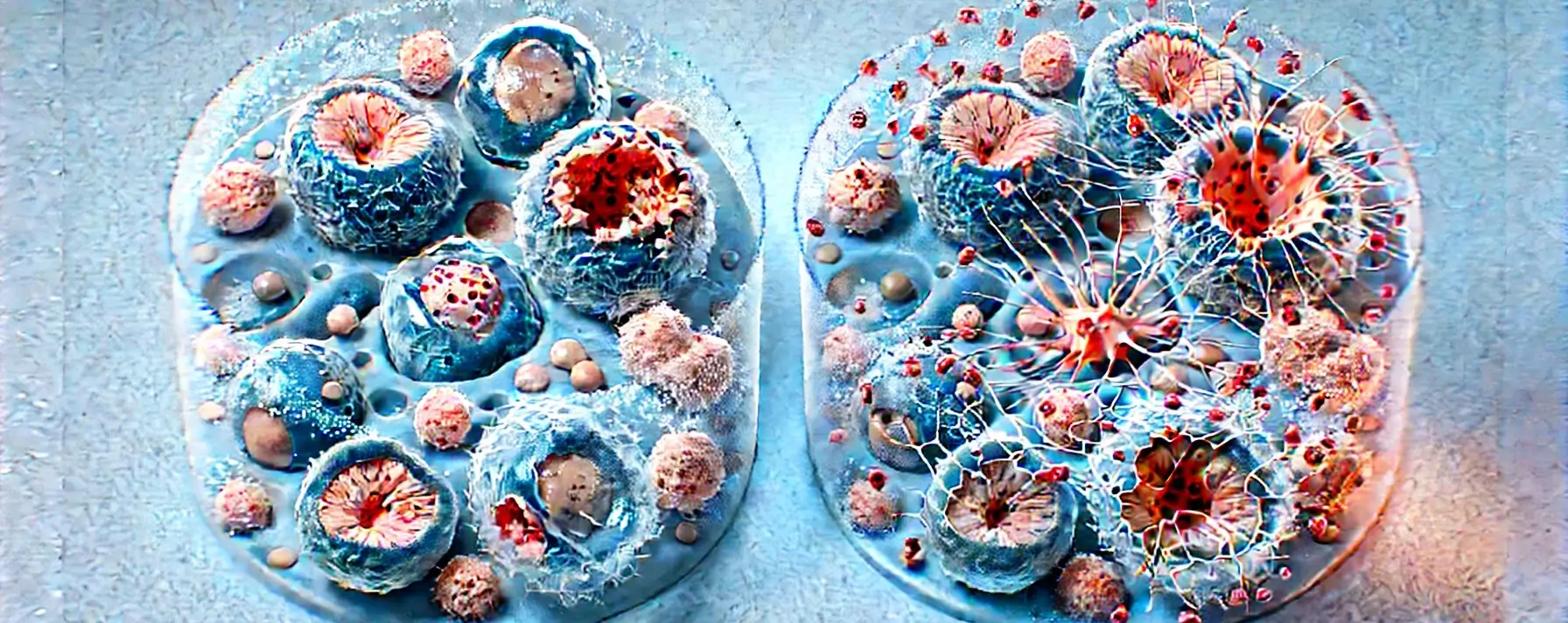- Morphology of cell injury refers to the structural and functional changes in cells due to harmful stimuli or stressors.
- These Morphology of cell injury changes can be reversible or irreversible, observable through various microscopy and biochemical techniques.

Reversible Cell Injury
- Reversible cell injury involves changes that can be reversed if the stressor is removed.
- Common changes include:
-
Cellular Swelling:
- Early sign caused by water and ion influx due to malfunctioning ion pumps, visible as enlarged, pale, and turgid cells.
-
Fatty Change (Steatosis):
- Accumulation of lipid droplets in cells, particularly in the liver, heart, and kidney, due to impaired lipid metabolism. Affected cells appear vacuolated.
-
Hydropic Degeneration:
- A form of cellular swelling with clear, water-filled vacuoles in the cytoplasm.
Irreversible Cell Injury
-
- Irreversible cell injury occurs with persistent or severe stress, leading to cell death, either by apoptosis or necrosis.
-
Apoptosis:
- Regulated cell death involving caspases, characterized by cell shrinkage, chromatin condensation, nuclear fragmentation, formation of apoptotic bodies, and phagocytosis without inflammation.
-
Necrosis:
- Unregulated cell death due to severe injury, marked by cell swelling, membrane rupture, leakage of contents, and inflammation.
- Subtypes include coagulative, liquefactive, caseous, and gangrenous necrosis, each with distinct features.
Understanding these changes helps in identifying the mechanisms of cellular damage, the body’s response to stress, and the impact on organ function and health.

